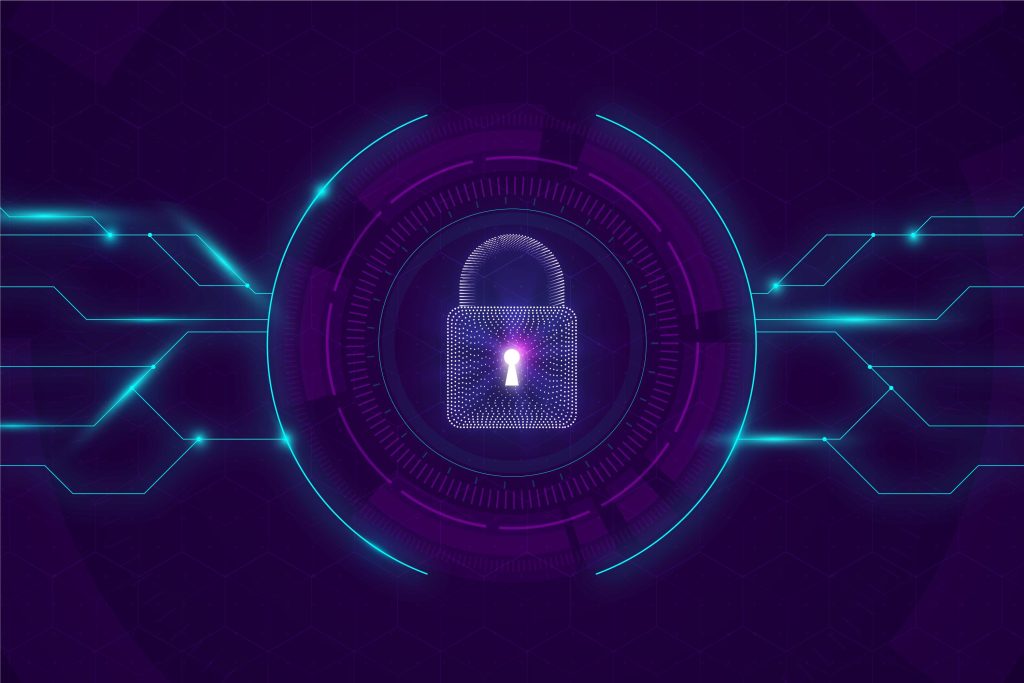Cyber Security in 2025

Introduction
As organizations worldwide accelerate digital transformation, the cybersecurity threat landscape is evolving faster than ever. In 2025, security teams face not only more attacks but smarter ones powered by AI and targeted through new vectors such as supply chains, IoT, and edge networks. Building resilience, agility, and trust into cybersecurity strategies is now essential. This article explores the major trends, key challenges, and effective strategies organizations can adopt to stay secure.
Key Trends
AI-Driven Threats and Defenses
AI has become both a weapon and a shield in cybersecurity. Defenders use machine learning to detect anomalies, automate incident responses, and reduce detection times. Attackers, however, leverage AI to craft advanced phishing campaigns, adaptive malware, and automated exploits.
Security teams must now assume that adversaries are using AI and develop systems that can respond at machine speed.
Zero Trust Architecture (ZTA) Becomes Standard
The traditional model of a trusted internal network and untrusted external network no longer works. Zero Trust operates on the principle of “never trust, always verify.”
It involves strict identity management, least-privilege access, micro-segmentation, and continuous monitoring of users, devices, and services across the entire network.
Expanded Attack Surface: IoT, Edge, and Supply Chains
The growing use of IoT devices, edge computing, and third-party vendors has expanded attack surfaces significantly. Supply chain attacks, where an attacker compromises a trusted vendor to reach their target, have become increasingly common. Organizations can no longer assume their vendors are secure by default.
Quantum Computing on the Horizon
Quantum computing poses a future threat to traditional encryption. While still emerging, it’s crucial for organizations to prepare for post-quantum encryption standards and safeguard long-lived sensitive data before quantum decryption becomes a reality.
Culture, Behavior, and Skills Gaps
Technology alone cannot solve the human element of security. A lack of cybersecurity awareness and ongoing skills shortages continue to leave organizations vulnerable. Building a strong security culture and investing in workforce training are key priorities.
Core Challenges
-
Detection and Response Time: Attackers act within minutes, while detection often takes days or weeks.
-
Talent Shortages: The cybersecurity workforce gap remains a global issue, leading to burnout and increased risk.
-
Legacy Systems: Outdated systems can’t always support modern security protocols.
-
Regulatory Complexity: Businesses must comply with diverse global privacy and cybersecurity regulations.
-
Supply Chain Risk: Organizations must ensure vendor transparency and monitoring to reduce risk.
-
Rapidly Evolving Threats: Ransomware-as-a-service and zero-day vulnerabilities require adaptive defenses.
Strategies and Best Practices
1. Build Security into Design
Security should be integrated from the beginning, not added later. Shift-left security by embedding code scanning, threat modeling, and vulnerability assessments early in the development process. Maintain a Software Bill of Materials (SBOM) to track all dependencies and mitigate supply chain risks.
2. Automate and Use AI Defensively
Automation and AI can enhance detection and response. Use machine learning to identify unusual network or user behavior, and automate repetitive tasks like patching, auditing, and incident response.
3. Improve Visibility
Centralize logs, metrics, and endpoint data for complete visibility. Implement cross-domain monitoring tools that correlate user, network, and cloud activities. Track metrics such as mean-time-to-detect (MTTD) and mean-time-to-respond (MTTR).
4. Manage Attack Surfaces
Inventory all assets including IoT and cloud endpoints. Enforce segmentation and strict identity controls to limit lateral movement. Continuously monitor third-party access points.
5. Foster a Security-First Culture
Continuous training, leadership support, and transparent communication are essential. Encourage reporting and learning from incidents without blame. Reducing stress and improving tools for analysts helps maintain performance and morale.
Conclusion
The cybersecurity landscape in 2025 requires agility and foresight. The most successful organizations will not just respond to attacks but anticipate them, embed defense into every process, automate intelligently, and make security everyone’s responsibility. In a world where AI amplifies both sides of the battlefield, proactive, automated, and people-centric security strategies are the strongest defense.
